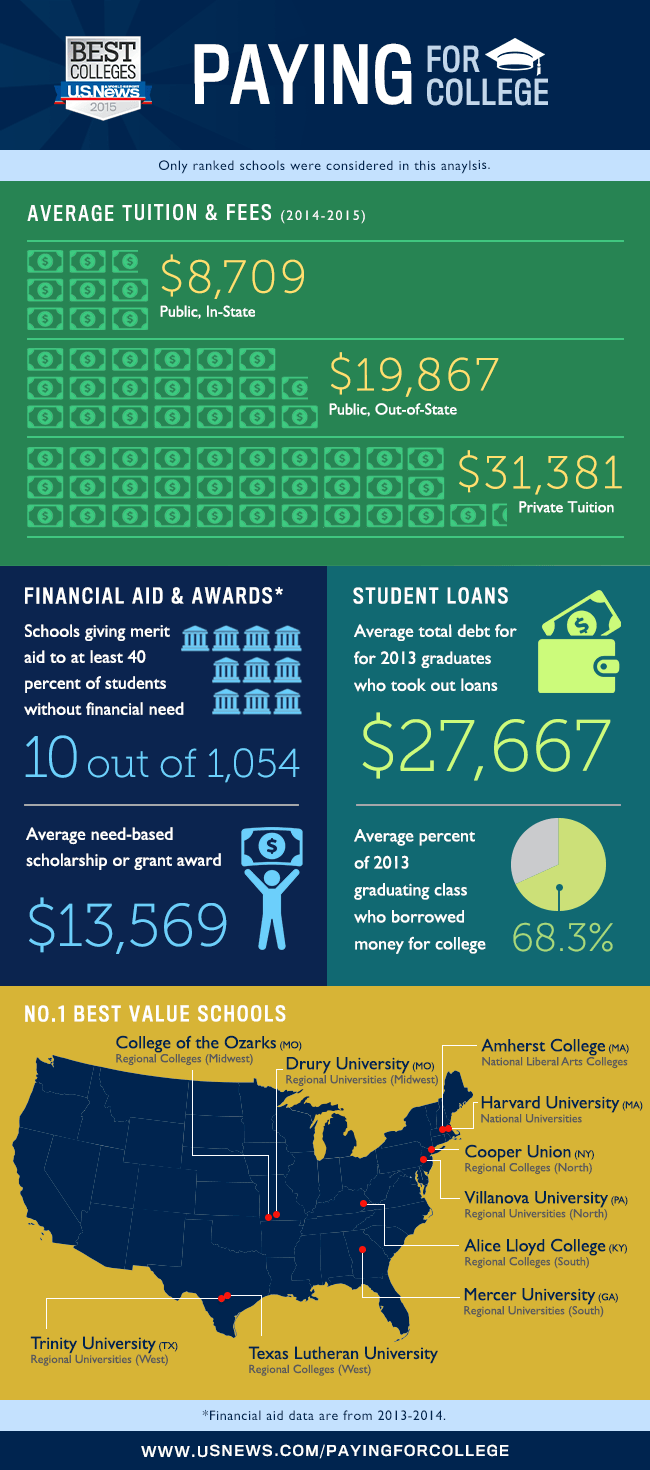

The University of Virginia campus in Charlottesville. The University of Virginia has announced that it will raise undergraduate tuition and fees by 4.7 percent next year and another 3.7 percent the year after that, citing the costs of inflation and salary increases for faculty and staff room and board charges will also each rise by around 4 percent. It was also enabled in part by $74.8 billion in various federal relief funds.

It was forced on colleges and universities desperate to reverse an unprecedented decline in enrollment and fend off anger over Covid-related restrictions on the in-person services they could offer. That sudden restraint was not entirely a choice. But those relentless higher-than-inflation tuition hikes came to a halt in the fall, when the College Board reports that tuition rose at less than the Consumer Price Index.

College costs outpaced inflation by 28 percent at public institutions and 19 percent at private nonprofit ones in the decade preceding the pandemic, according to the National Center for Education Statistics. Students and their families had been largely enjoying a break from such shocks. Virginia Tech, for instance, increased meal plan costs by 9 percent this semester to help cover a pay raise for dining hall workers. Some aren’t even waiting until the fall to raise their rates. Many other colleges will set their rates this month.
#UNIVERSITIES OVER CHARGE STUDENTS AND POCKET CASH TIITION PLUS#
As a result, according to experts and early evidence, the next consumer product likely to cost Americans more will be a college education.Īfter several years when they’ve been flat or up only slightly, “there’s absolutely going to be an increase in tuition and fees,” said Jim Hundrieser, vice president for consulting and business development at the National Association of College and University Business Officers.Ĭiting the higher cost of everything from energy to food, plus upward pressure on wages and benefits, several institutions have already announced tuition and fee hikes for next year as high as 4.7 percent, while also raising prices for meal plans and housing - which, at public four-year universities, are already higher than in-state tuition.


 0 kommentar(er)
0 kommentar(er)
